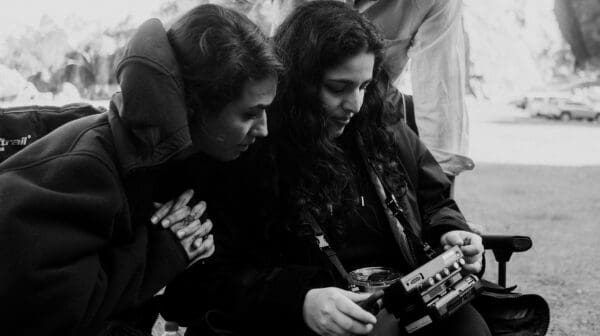
Finding New Spaces Together
‘Vádye Eshgh (The Valley of Love)’ is a collaboration between Second Generation Collective and Abdul-Rahman Abdullah weaving through themes of beauty, diversity and the rebuilding of identity.
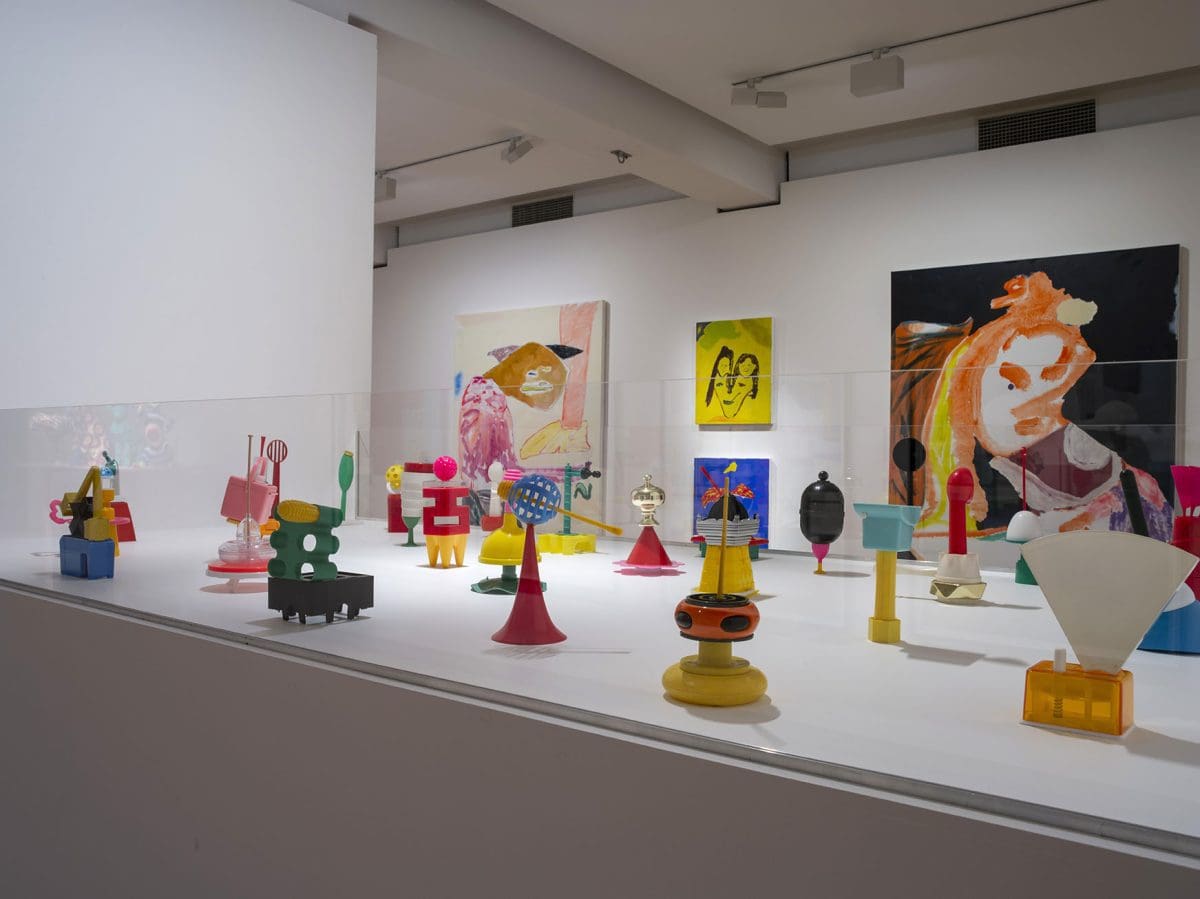
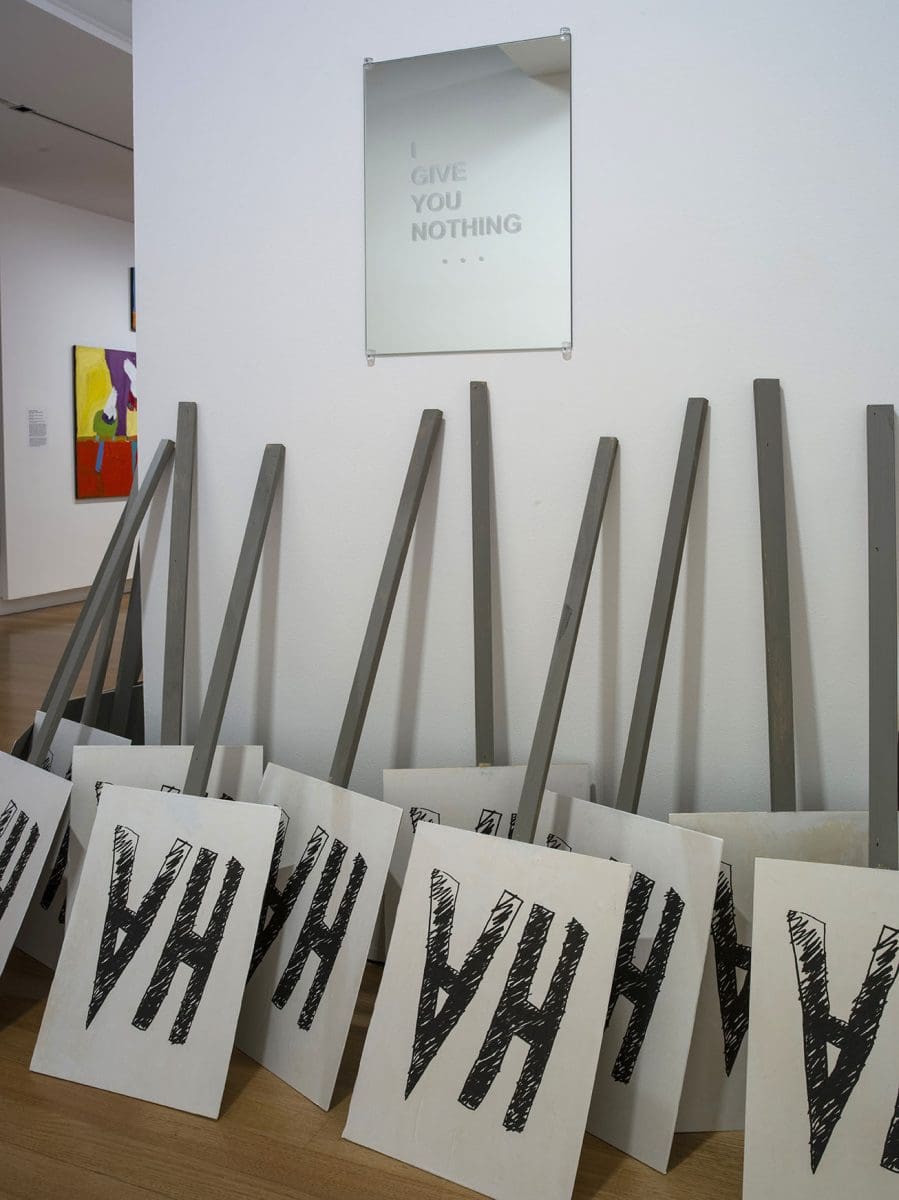
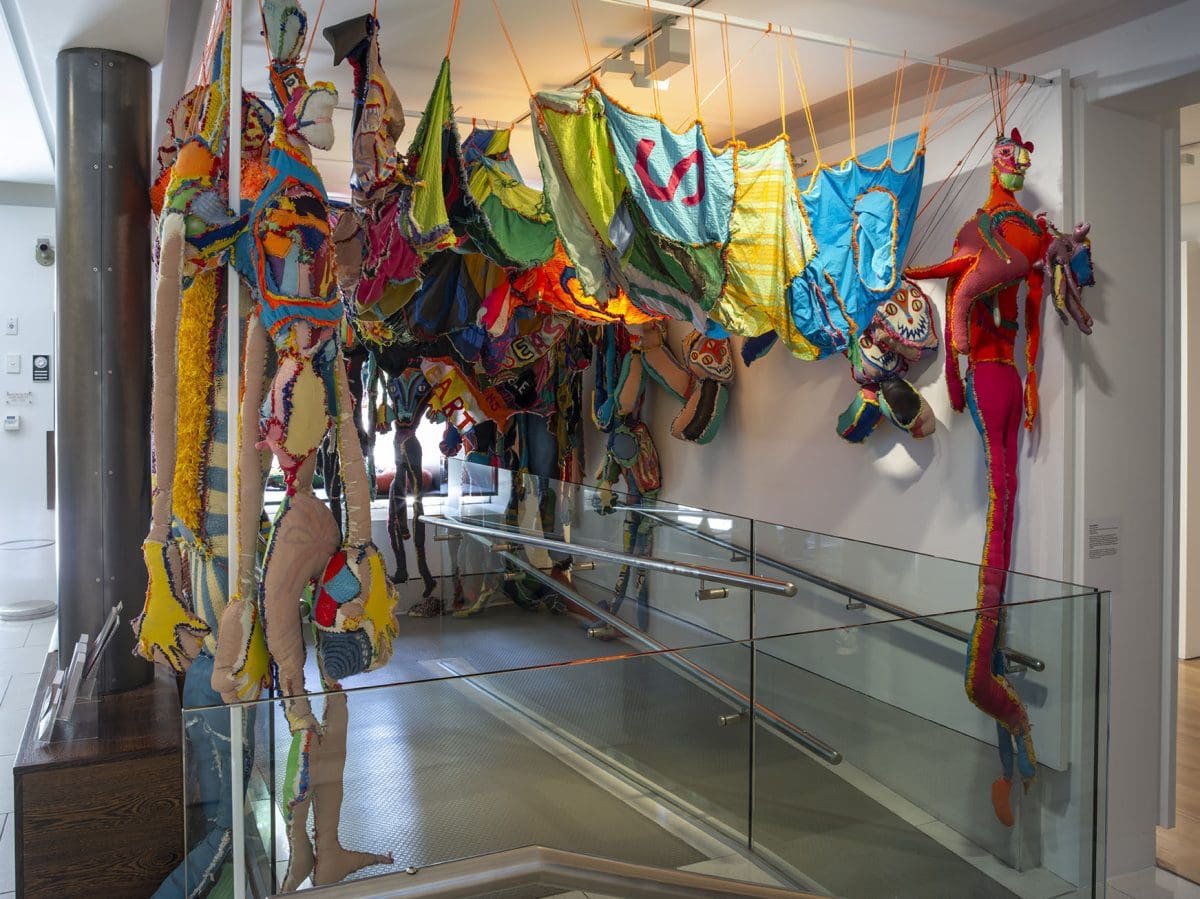


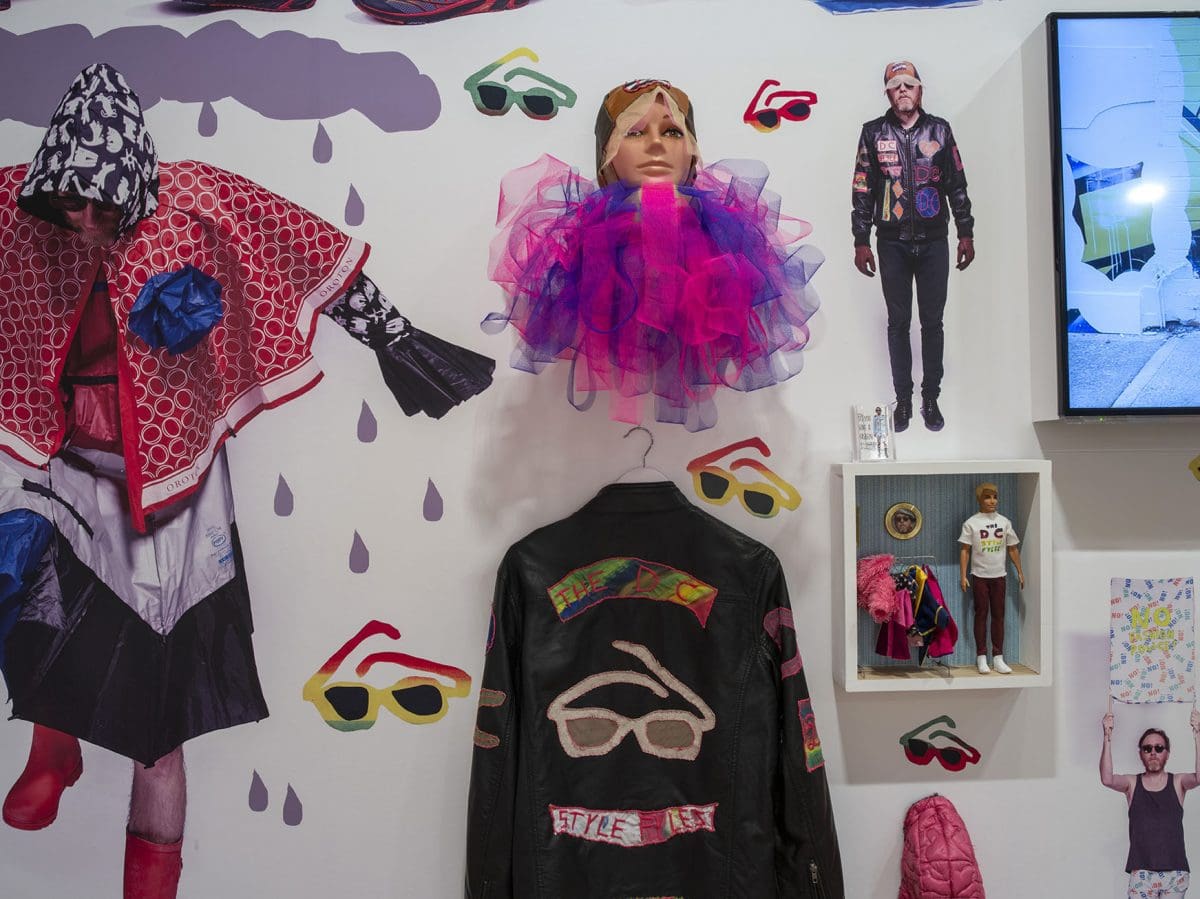

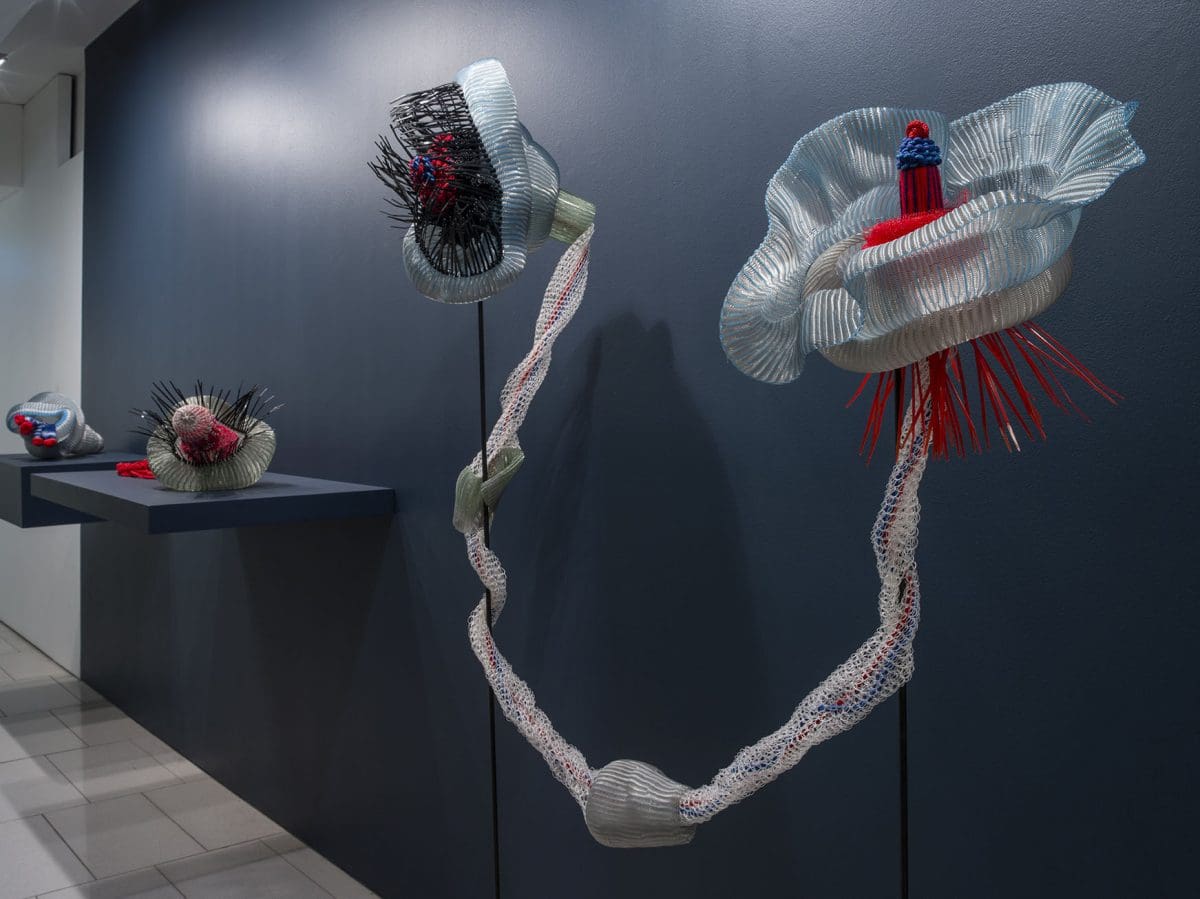
Beyond Reason is an embrace of colour, shape and exuberant imaginings. The full-throttle aesthetic of these paintings, sculptures, ceramics, videos, fashion, and installations is only just contained by the space in the QUT Art Museum. The entire gallery is overrun – every room, corridor and space occupied, including the disabled access ramps which have become discrete installations. David Spooner’s soft, sewn “daily drawings” move gently in the air conditioning, brushing past my head on the first ramp, while Simone Eisler’s darkly illustrated fairy tale is installed on the other. Offshoots of much of the work reach physically to touch the bodies of visitors and metaphorically into the lives of the 30 included artists.
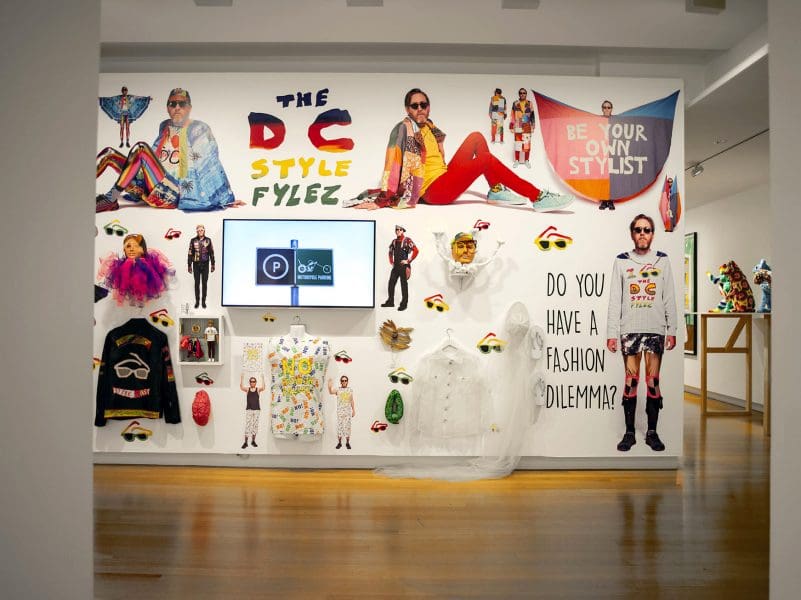
The conceptual roots of this exhibition, Kevin Wilson tells me, lie in “romantic poetry, the 20th century novel, and satire.” The ability of the latter to turn the world upside-down with unsettling results is evidenced in this selection of work which leaves you feeling variously disconcerted, seduced, or entertained. Wilson’s concept circles around the idea that artists occupy a space beyond the physical and the rational and this work may push at your comfort zone.
Artists explore ideas that are not simple, and I was trying to understand what lies behind that. I looked for artwork that is not limited by boundaries.” With a disregard for taboos, artists like Simone Eisler, Heath Franco and Kyoko Imazu drop us into a transgressive space – that seems alternately crazy and sane – with breath-taking rapidity. Eisler’s work uses dolls disguised by beautiful animalistic images to relate a fairy tale about an escape from incest. Franco’s Life is Sexy (first seen at The National in 2018) is a series of grotesque self-portraits that evoke an almost visceral discomfort in the viewer. And Imazu’s folkloric images of what she refers to as “our tiny neighbours” – weeds, insects and rocks – take us into a world occupied by a novel imagination.

Artists were also identified for their practice as makers. “These artists have a tactile physicality about the way they work but that hasn’t excluded highly conceptual works where play, satire and fun are embedded,” Wilson explains. For example, Aleks Danko’s mirrors reflect the viewer under text that reads ‘NOTHING STUPID BEYOND THIS POINT’ or ‘I GIVE YOU NOTHING.’ They are adjacent to the Ryan Sisters’ constructed twosome, the object’s feet and legs shaped by leggings and socks that extend into a single body of impossible length, lying prostrate on the floor, face down, hands extended. Elsewhere in the gallery two skeletal sculptures (also by the Ryan Sisters) sit on twin swings that move gently with the air as you pass. This darkly funny work speaks to the fragility on which all life may hang.
Many of these works offer a voyeuristic journey into another’s imagination. Amber Boardman’s extension of her work into her Instagram character traces the instability of the online identity and its nightmarish characteristics. Perhaps what stays with me as an exemplar of the experience of the whole exhibition is Laith McGregor’s video Clay, 2014, in which his face is manipulated by another hand, fingers poking into his nose, stretching his mouth, and doing any number of things to make him uncomfortable.
Beyond Reason: Exploring the Logic of the Imagination
QUT Art Museum
17 November – 3 February 2019